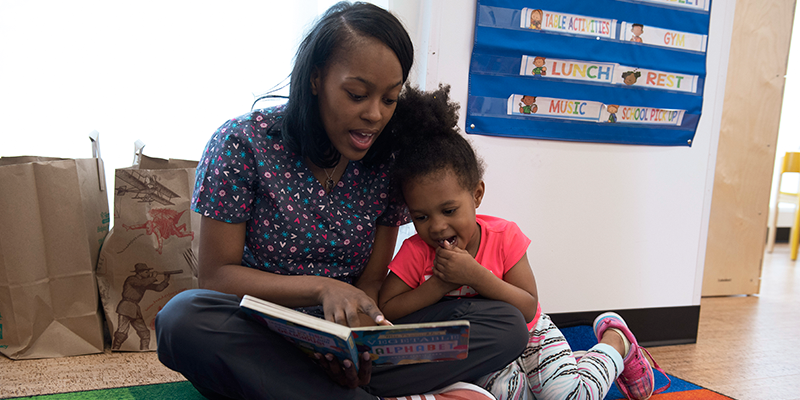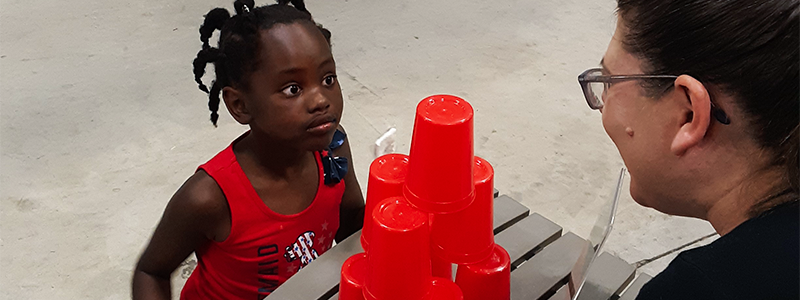
In the first three blogs of this series, we explored topics related to the social-emotional health of children. CCAoA believes that in quality child care programs, the health and safety of providers and staff is equally important. In this final blog, we address the social-emotional health of these essential caregivers.
It is widely known that child care can be a highly stressful profession. Three of the big pressures the childcare workforce faces are:
- Financial issues (low pay and, often, no benefits)
- Poor workplace supports, including lack of resources for professional development and the isolation of family child care providers
- The strain of managing a group of very young children, including children with emotional and behavioral challenges
When these pressures mix with personal or community stresses – like community safety, or substance abuse/misuse epidemics – the provider’s physical and emotional health can suffer. And when that happens, it can impact the quality of the provider’s interactions with children.
The impact of job stress
Job stress may contribute to the high rates of turnover among child care professionals. A report from Child Trends1 cites the following statistics: an estimated 25 to 50 percent of preschool teachers leave their jobs, and roughly one-fifth of the staff in child care centers leave the field altogether. Turnover breaks the attachments between a teacher and children and can pose a threat to the children’s emotional well-being.
Job stress also drains a provider’s resilience and may make it more difficult for the provider to work effectively with children who have serious emotional and behavioral issues. In trying to meet the needs of traumatized children, the provider may become exhausted or overwhelmed and as a result experience secondary traumatic stress. That’s especially true of providers that have not received training about trauma and trauma-informed care.
Programs should encourage staff to prioritize self-care to help relieve workplace stress. To the extent possible, programs should create incentives for staff to eat nutritious foods, perhaps by making fresh fruit and other healthy foods available for little or no cost. They also can carve out spaces where staff can practice relaxation techniques such as meditation, yoga and deep breathing exercises. Programs can even develop fitness challenges for providers and reward participants with token prizes. carve out spaces where some of these activities can take place. The stress of work can be alleviated, in part, by routine self-care. That is, by eating nutritious foods, getting regular exercise, and committing to relaxation activities such as meditation, yoga, deep breathing exercises and stress breaks.
What can CCR&Rs do?
- Referral and consumer education: Train your referral and consumer education staff to talk with parents about how caregiver wellbeing can impact program quality. Encourage families to observe how staff are treated and ask questions about what their child care program is doing to support their staff, reduce stress, and create an environment that is healthy for staff and children.
- Professional development:
- Train your technical assistance specialists and quality coaches on how workforce social-emotional health can affect their providers’ ability to offer high-quality care.
- Develop presentations for providers on secondary traumatic stress is and what causes it. Include information on the effectiveness of practices such as reflective supervision in preventing secondary traumatic stress.
- Add to your existing materials on workplace wellness and share with providers. Include tips on inexpensive ways a program can establish or grow their workplace wellness program, either on their own or in collaboration with other programs in your community.
- Advocacy: Working long hours for little pay can put a huge strain on child care workers’ mental health and ability to provide nurturing, enriching care to young children. Partner with other early childhood advocates, including families and child care providers, to advocate for policies that make affordable quality child care and a well-compensated workforce a reality.
Additional Resources
Promoting Social and Emotional Health for Children Webinar





